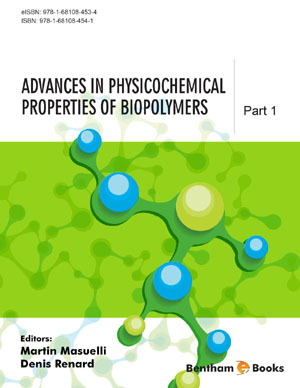Abstract
Snakes, from historical times to the present, have had a bad reputation. The story of the fall in the Garden of Eden has a snake as the betrayer and inducer of original sin. Much of their current reputation is well earned. They are an example of a bearer of poisons that congers up all that we fear about poisoning, and more. As examples of a life form snakes have many unusual features. They lack arms and legs, hands and feet, but they manage to move about, to mate, and to find prey as food. This last function is one where venoms come in handy, given the other deficiencies. There are an amazing variety of poisonous molecules that have been discovered in snake venom. Undoubtedly there are many more to be discovered, and based on what we already know, some of these may be excellent therapeutics for a variety of pathologies. The poison side of these molecules is fascinating with intricate complexities. The toxins are exquisitely specific in the manner in which each can bind and disrupt an essential function – as do the neurotoxins – in a species so far removed from their own lineage as is the mouse or the human. This speaks, at least to me, of the design seen throughout nature.
Keywords: Alpha-elapitoxin, Antivenin, Black Mamba, Brown Snake, Cobra, Copperhead, Cotton Mouth Moccasin, Eastern Diamondback, Green Mamba, Inland Taipan, King Cobra, Krait, Mamba, Myoneural Junction, Pit vipers Postsynaptic Cobra Neurotoxin, Pygmy Rattlesnake, Timber Rattlesnake, Venom, Western Diamondback.

















